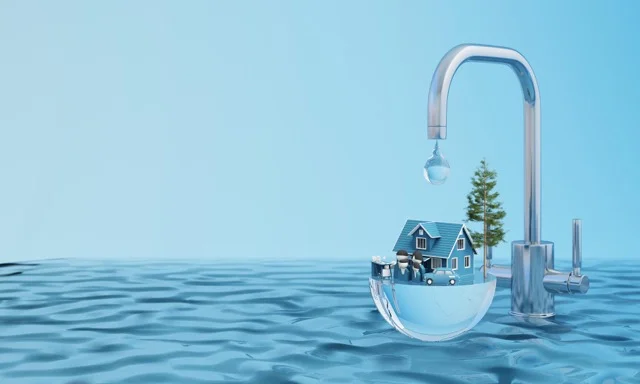Fascination About Reclaim Waste
Wiki Article
Not known Details About Reclaim Waste
Table of ContentsFacts About Reclaim Waste RevealedUnknown Facts About Reclaim WasteIndicators on Reclaim Waste You Need To KnowThe Best Guide To Reclaim Waste6 Simple Techniques For Reclaim Waste
Domestic sewage waste refers to the waste and products from a residential septic container. The proper monitoring and disposal of domestic sewage waste require liquid waste to be transferred to a sewer treatment plant where the proper approaches and devices are used to detoxify and dispose of waste.
Commercial waste commonly includes possible hazards, such as flammable products or a mix of liquid and strong waste items, and requires an advanced and thorough disposal process. The disposal of industrial waste usually involves the purification of waste before transportation to ensure safe and correct disposal. Hazardous waste is created from byproducts and runoff of commercial processes and manufacturing.
This sort of waste can not make use of the exact same sewage management transport or processes as septic or commercial liquids. The industrial waste monitoring procedure requires the evaluation and testing of fluid waste before it goes through the disposal process (industrial wastewater treatment). Runoff waste is the liquid waste that comes from overflow and excess stormwater in extremely inhabited locations or cities
Overflow waste can cause contamination and flooding if not taken care of appropriately. Making certain appropriate waste administration can protect against catastrophes and decrease environmental damage.
Reclaim Waste Things To Know Before You Get This
Call PROS Services today to learn more about our waste monitoring and disposal solutions and the correct methods to look after the fluid waste you create.(https://reclaimwaste1.blog.ss-blog.jp/2024-11-12?1731425991)This supposed 'wastewater' is not just a vital source but, after treatment, will be released to our land, rivers or the ocean. Utilized water from bathrooms, showers, baths, kitchen sinks, washings and industrial procedures is understood as wastewater.

water made use of to cool down machinery or tidy plant and equipment). Stormwater, a type of wastewater, is overflow that streams from agricultural and urban areas such as roofing systems, parks, yards, roadways, paths and gutters right into stormwater drains, after rain. Stormwater moves untreated directly to neighborhood creeks or rivers, eventually getting to the sea.
The Best Strategy To Use For Reclaim Waste
In Queensland, a lot of wastewater is treated at sewer therapy plants. Wastewater is moved from domestic or commercial sites through a system of drains and pump stations, recognized as sewage reticulation, to a sewage therapy plant. City governments build, keep and operate most sewage therapy plants. Operators are licensed under the Environmental Management Act 1994 to discharge treated wastewater at an appropriate environmental standard into rivers.The Division of Natural Resources advises city governments regarding managing, operating and maintaining sewerage systems and treatment plants. In unsewered locations, local governments may call for homeowners to mount private or house sewer therapy systems to treat domestic wastewater from toilets, kitchen areas, washrooms and laundries. The Division of Natural Resources authorizes the use of house systems when they are verified to be effective.
In some new neighborhoods, therapy of some stormwater to get rid of clutter, sand and gravel has actually started making use of gross toxin traps. Wastewater treatment occurs in 4 phases: Removes strong matter.
Wastewater then moves right into big tanks where solids resolve and are removed as sludge. Grease and residue are skimmed from the surface. Utilizes small living microorganisms called micro-organisms to break Clicking Here down and remove continuing to be dissolved wastes and great bits. Micro-organisms and wastes are integrated in the sludge. Removes nitrogen and phosphorus nutrients that might create algal blooms in our waterways and endanger marine life.
Reclaim Waste for Dummies
Nutrient removal is not offered in any way sewer treatment plants since it calls for pricey specialised devices. It is becoming more common in Queensland. Clear liquid effluent produced after therapy may still have disease-causing micro-organisms. If this effluent is released right into waterways such as rivers or the sea, the micro-organisms will eventually die out.
Most wastewater streams into the sewage system. Under the Act, regional federal governments carry out approvals and permits for environmentally relevant activities (ERAs) entailing wastewater releases that may have a regional influence.
Reclaim Waste for Beginners
Monitoring provides accurate information about water quality and can validate that licence problems are being fulfilled. The info acquired with surveillance offers the basis for making water high quality choices.Report this wiki page